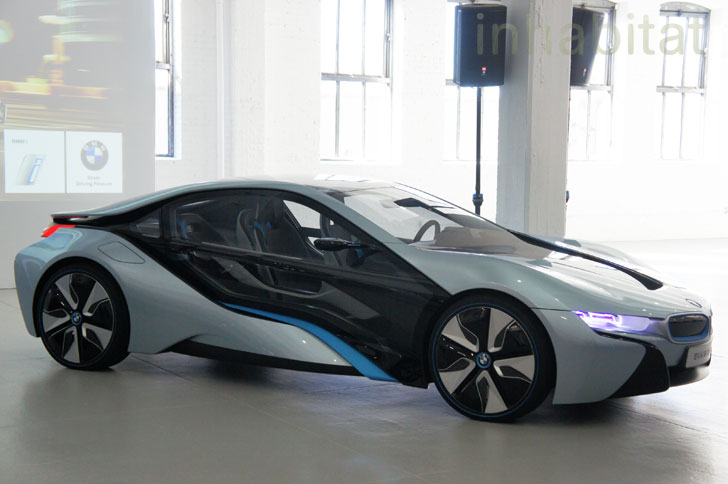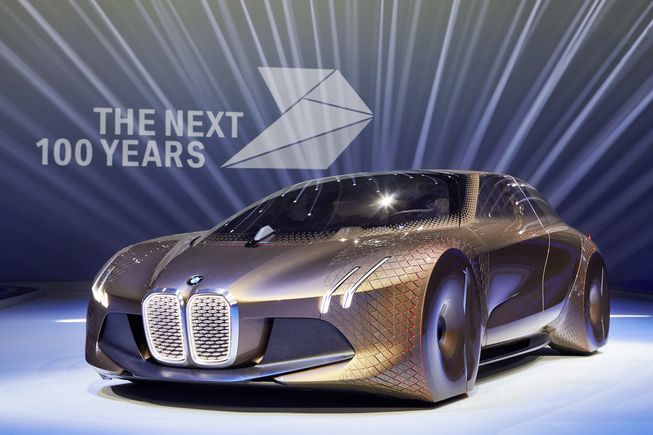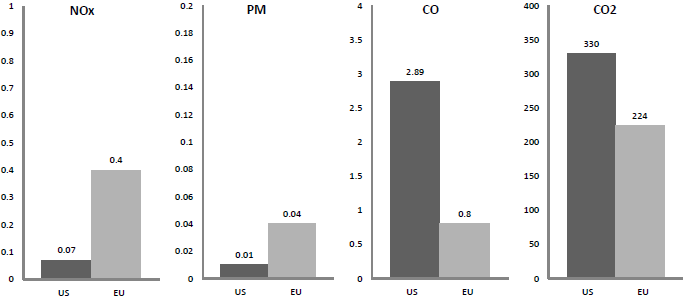Earlier this year BMW announced that it would be introducing an electric version of the i3 with an extended range of 114 miles. Originally announced for a 2017 launch, BMW got ahead of itself and made the car available immediately. That now makes it the only car under $50,000 with such a range until the Tesla Model 3 and Chevy Bolt are released next year.
So why is BMW rushing its EV agenda and introducing “electro-mobility”, as their CEO Harald Krueger puts it, earlier than planned? They do have something up their sleeve, and it’s called iNext, but that’s not due for another five years. And here’s the concept car to prove it.
So BMW definitely has long-term plans for electric vehicles, but at the same time it doesn’t want to let go of its lucrative ICE (internal combustion engine) market either. They’re clearly putting one foot in the future while keeping the other in the present.
But what about other carmakers? Where does BMW really stand in the EV race to the future? Where is the competition going to come from, primarily? And what’s really driving their urgency at this point?
First of all, one of the reasons that all European ICE carmakers are scrambling towards EVs is the increasingly stringent norms that the European Union is implementing.
Emission standards in Europe are being incrementally implemented, and they are currently at what is known as Euro 6 for passenger cars. Suffice it to say that ICE vehicles will soon come under the chopping block if they don’t “clean up” – literally.
In the United States, things are a little different. They’re very stringent, yes, but for a different set of parameters. This graph below shows the disparity between European and American standards that are currently in force. These are the allowable limits for various pollutants.
While European regulators are more concerned with fuel efficiency, greenhouse gases and global warming in general, their American counterparts seem to be more worried about smog and the health impact of automotive pollution.
There is another reason that isn’t as well-known. Europe is highly dependent on Russia and the Middle East for crude oil, and that’s what they really want to control. That’s why they’re more worried about fuel efficiency, as indicated by their tightening grip over CO and CO2 emissions. The U.S., on the other hand, is more concerned with Nitrogen Oxides (NOx) and particulate matter (PM).
But there’s a disconnect here. Consider this: In the United States, nearly 80,000 people die from outside air pollution each year. So the federal government is definitely right to worry about particulate matter and nitrogen oxides.
On the other hand, nearly 200,000 deaths occur from outside air pollution each year in Europe. So why are they focusing more on fuel efficiency and the greenhouse effect rather than the health of the population?
That’s not an easy question to answer. In the case of the European Union, it’s not one country that’s making a decision. If it were, the answer might be simpler, as it is in the United States.
In EU, Germany makes the most cars with an output of nearly 6 million automobiles produced in 2014. But Germany is also the most influential nation within the European Union and the largest economy in Europe. With Brexit now putting the UK out of the picture, Germany is pretty much the head of the EU household.
So back to BMW now, the German car maker. And Volkswagen and Mercedes and Audi. All of them know that their time is running out. The EU’s patience towards particulate matter and nitrous oxides isn’t going to last forever, which means they have to move their resources and get their EV plans into shape sooner rather than later.
And that’s what I think is happening at BMW, Volkswagen and the rest. A while ago I wrote about Volkswagen’s plans to introduce up to 30 pure EV models over the next ten-year period. That’s part of what I’m calling “The Great European Carmaker Scramble” to get there before it’s too late.
At the end of the day it’s not about competing with Tesla or dominating the EV market. It’s a pure and simple survival strategy for the future. It’s either go green or go obsolete.
Thanks for reading our work! If you’re reading this on Apple News, please favorite the 1RedDrop channel (next to our logo) to add us to your news feed, or Like our page on Facebook. Please bookmark our site for more insightful articles on current and future technologies that are changing our lives.





